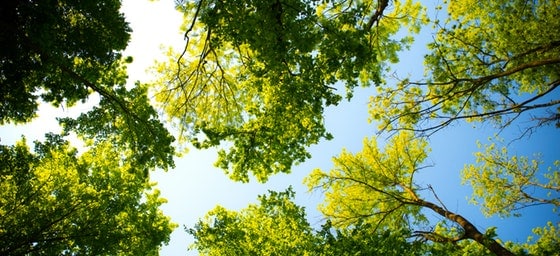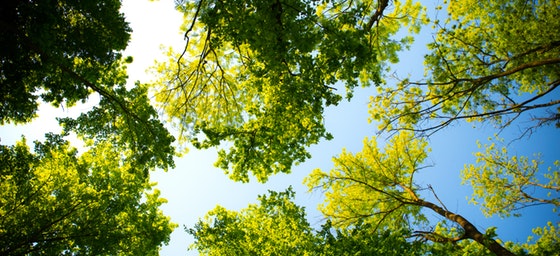
5 Environmentally-Friendly Benefits of Nurturing Trees in Your Yard

Homeowners are often aware of the superficial appeal of trees in their landscaping, but little more. While they appreciate the beauty of a flowering dogwood or a maple’s changing leaves, the value of dogwoods, maples, elms, sycamores and other common species isn’t purely aesthetic. These trees have a purpose.
When you look past their vibrant foliage and blooming branches, you’ll see just how indispensable trees are to sustaining the health of the environment. Here are five environmentally-friendly benefits of nurturing trees in your yard:
1. Ecosystems for Animals
Many bird species nest between the branches of trees, and other animals like squirrels and chipmunks depend on seeds and berries as a source of food. Within a delicate ecosystem where the slightest imbalance could cause massive disruption, trees play an invaluable role in maintaining environmental harmony.
When you choose to purchase and nurture trees, you’re beautifying your landscape, of course, but you’re also providing a habitat for a range of animals. Trees are the connective tissue that allows a food chain to function, and when you plant a simple oak or elm in your yard, you’re making a substantial contribution.
2. Cooling and Filtering Effects
Trees function as a kind of organic air conditioner, far more powerful than any equipment we’ve yet to invent. In fact, just one tree has the potential to produce the cooling effect of 10 room-size air conditioners operating 20 hours per day. That level of efficiency is difficult to comprehend when considering our current technology.
To provide a little more context, when water evaporates from the surface of a leaf, the chemical process of its conversion to vapor removes heat energy from the air. Trees also help to settle out and trap pollen, smoke and dust, serving as a biofilter that reduces airborne pollutants, allowing you to breathe comfortably.
3. Reduced Energy Expenditure
The strategic placement of trees with dense foliage can block sunlight in the spring and summer months, helping you to regulate the interior temperature of your home using less energy. To achieve this, place deciduous trees on the south and west sides of your property, taking care to shade heat pumps.
While you’re in the process of tree placement, you should also consider some of the maintenance needed for your trees’ health and longevity. Knowing the best time to prune your trees and how to monitor them will keep your landscaping beautiful while reducing risks like overhanging branches and pest infestations. It also protects your home, so the energy savings aren’t offset by repair costs.
4. Improved Soil Quality
Falling leaves affect the soil in three different ways. To start, their covering reduces soil temperature and moisture loss, which both promote its overall quality. Additionally, when the leaves begin to decay, they enrich the soil with nutrients, which is beneficial for microorganisms, the tree itself and surrounding plant life.
Still, it’s essential to make a distinction between decaying leaves and decaying branches. When weak branches break and form piles of debris on the ground, they tend to attract harmful pests which use these decomposing heaps for food and shelter. This speaks to the importance of pruning as a precautionary measure.
5. Carbon Sequestration
Among all of the human-induced stressors that endanger the planet, carbon emissions rank high on the list of threats. CO2 has contributed to the acidification of oceans and rising temperatures across the globe, to name only several consequences of society’s dependence on fossil fuels.
Fortunately, trees serve to reduce and reverse the problem. A tree has the capacity to absorb as much as 48 pounds of carbon dioxide every year, and by the time that tree reaches 40 years of age, it’ll have sequestered one ton of carbon dioxide. Every tree you plant makes a difference.
A Contribution to the Planet
If you’re designing the layout for your landscape or you’re simply searching for a new addition to your yard, remember some of the environmentally-friendly benefits of trees. When you plant a dogwood, maple, oak or elm on your property, you’ll get to enjoy its beauty while contributing to the health of the environment.
With this in mind, adopt a sapling and take care of it. As it grows, it’ll take care of you.
 Holly Welles runs her own blog, The Estate Update, where she posts weekly updates on design, gardening and eco-friendly fixes. Holly believes anyone can learn to make the most of their space, which is why she writes about home improvement all over the web.
Holly Welles runs her own blog, The Estate Update, where she posts weekly updates on design, gardening and eco-friendly fixes. Holly believes anyone can learn to make the most of their space, which is why she writes about home improvement all over the web.



Post a comment